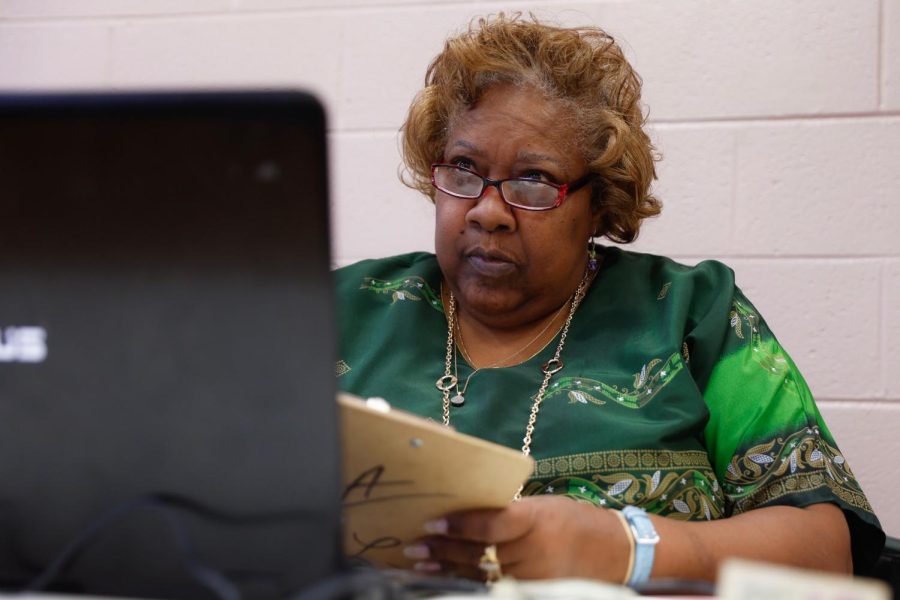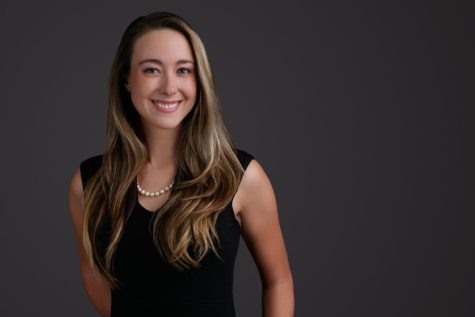All SDCCD students received two emails back in February that, starting March 27, all communications from San Diego Community College District (SDCCD) will be sent only to the student email address provided by the district. The decision to finally provide students with .edu email addresses was a long time coming and was announced last semester. It is not clear why it took so long for the district to provide student email addresses, nor is it clear what catalyzed the decision to finally do so. Now that SDCCD students have the student email addresses, it’s understandable that the district wants students to use them.
What is less understandable, however, is the decision to make such an impactful change on March 27, a seemingly arbitrary date right in the middle of the spring semester.
As students and professors are getting into the groove of the semester and settling into the current rhythms of communication, the transition over to a brand new email system has the potential to create chaos across the district, for professors and students alike.
Accountability may falter for a period as students may take advantage of the excuse that they did not receive a certain piece of district communication due to the confusion. Instructors will bear the responsibility of gathering each student’s new email address and ensuring that all class-related communication is now sent to that address. On the other hand, students may have a legitimate claim if something is lost in the shuffle, and perhaps some instructors will lack flexibility or understanding, as students struggle to get accustomed to the change.
Certain Mesa College classes require students to log in to different software and programs to complete coursework. Accounts created for access to said programs would have been made at the beginning of this semester, meaning these logins are already linked to the email address that students provided at that time.
If students are required to use the SDCCD student email for district communications, should they still be required to use their personal email address for school-related software and programs? It is difficult to get around this inconsistency, when such a change is made in the middle of a semester that has already started.
It would be more streamlined for staff, instructors, and students if SDCCD were to schedule the district-wide communication transition in between semesters, so everyone could start fresh with the brand new email addresses at the beginning of a new semester.
It would also be helpful to see or hear more communication on campus about this change, as the official date approaches. For example, the district could encourage instructors to add a clause to their Canvas pages and all of their student-targeted emails, between now and March 27, that advises of the upcoming change and its effective date.
When it comes to a change in how professors will communicate with students, more preparation and warning is better. If teachers take the time to announce the change in class, and use every opportunity to include a warning in their written communications with students, it may ease the transition.
Mesa professors have the greatest power to smoothly execute this change at a grassroots level. It would make the biggest impact if professors could find a way to devote a few minutes of class time, to ensure that every student knows how to log in to their new SDCCD email, and understands that it is becoming the only way to receive email from their school and professors.
While some instructors may feel this is outside the realm of their responsibility, there is power in their proximity to students, as they have students’ attention for a set period of time on a regular basis. An active approach is the best way to make sure all students are aware of this important information, and that each student has the access and tools they need to get back to learning. This investment of time and attention from the instructors would also embolden any expectation they may have for students’ accountability for emailed information as the semester rolls on.




